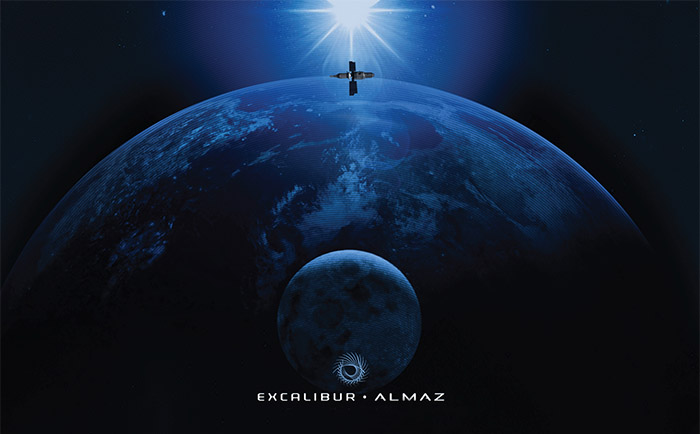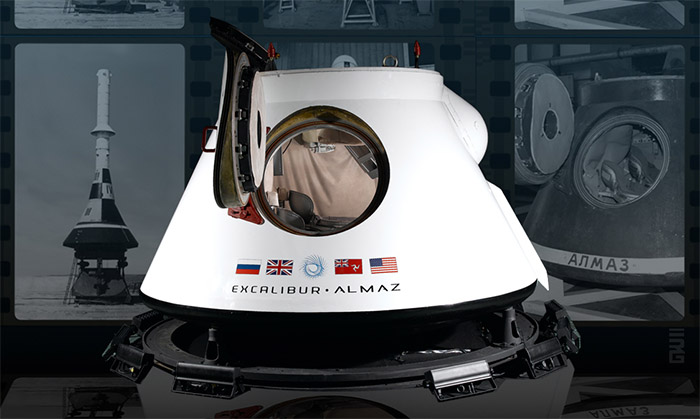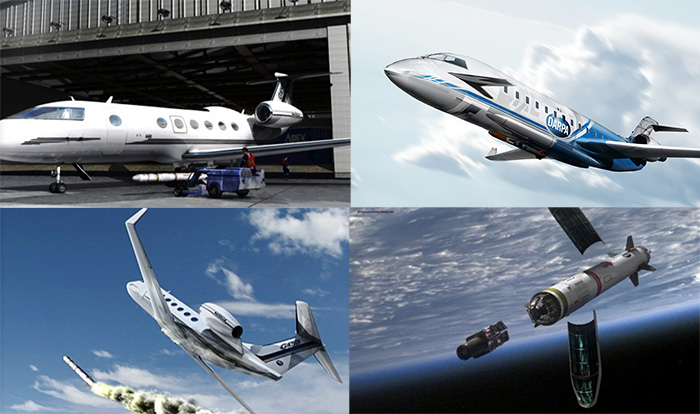Dennis Wingo has posted an excellent article on nuclear power systems for lunar development.
One problem he fails to address is political opposition to launching nuclear materials into space. Public protests and legal challenges have been a headache for NASA programs like Cassini in the past. They could be a showstopper for commercial ventures in the future. The radioisotope thermoelectric generators, or RTGs, used by Cassini carry a small amount of nuclear fuel compared to the reactors which would be required to power a lunar base. So, it should be expected that environmentalist opposition to launching nuclear reactors would be even stronger.
Yet, that political problem could also represent an opportunity for lunar development.

Nuclear power will be important for lunar bases, which need to operate throughout the two-week lunar night when solar power is not available, but it’s even more important for deep-space missions to the outer solar system. Human missions to Mars are feasible with chemical rockets, but just barely. If humans are to venture beyond Mars, nuclear rockets will be essential.
Launching the large reactors for nuclear thermal rockets (like the NASA concept shown here) will always be a political problem, as long as the reactors contain nuclear fuel. An obvious solution is to launch the reactors without reactor fuel onboard. The engines could then be fueled on orbit with nuclear material from extraterrestrial sources.
The logical source for that nuclear material is the Moon. The presence of uranium on the Moon was detected by the Japanese Kaguya space probe in 2009. Based on our discussions with engineers at NASA’s Johnson Space Center, mining uranium on the Moon is an interesting possibility.
If uranium mining on the Moon turns out to be feasible, it could be very important to lunar development. More important, perhaps, than platinum-group metals, which have received far more attention. Platinum-group metals are generally discussed in the context of terrestrial applications, such as fuel cells for electric cars. Although promising, the use of lunar materials for terrestrial applications faces serious challenges and competition from terrestrial sources and substitute materials. Mining uranium for use in space (or on the lunar surface) does not face the same stiff competition, especially if political factors make it impossible to launch nuclear materials from the surface of the Earth.
A more speculative use for lunar uranium might be fueling large nuclear reactors in Earth orbit that beam power back to Earth by microwave or laser beam. Orbiting power plants, while perhaps not cost-competitive with ground-based power, might become necessary if environmental opposition continues to block construction of new nuclear plants on Earth while global-warming concerns limit the use of fossil fuels.
More data on lunar uranium deposits is certainly warranted and should be a priority for future reconnaissance missions.
Water ice will likely be the first mineral to be economically extracted from the Moon (if current estimates of its availability are verified by future missions), but uranium might turn out to be more important in the long term. At some point, lunar ice deposits will start to diminish, and with a growing lunar population, it will no longer make economic sense to export water – a development anticipated by Robert Heinlein in his classic novel The Moon is a Harsh Mistress – but uranium deposits might last a lot longer. The Moon could serve as the nuclear fuel depot that provides the key to the solar system.







